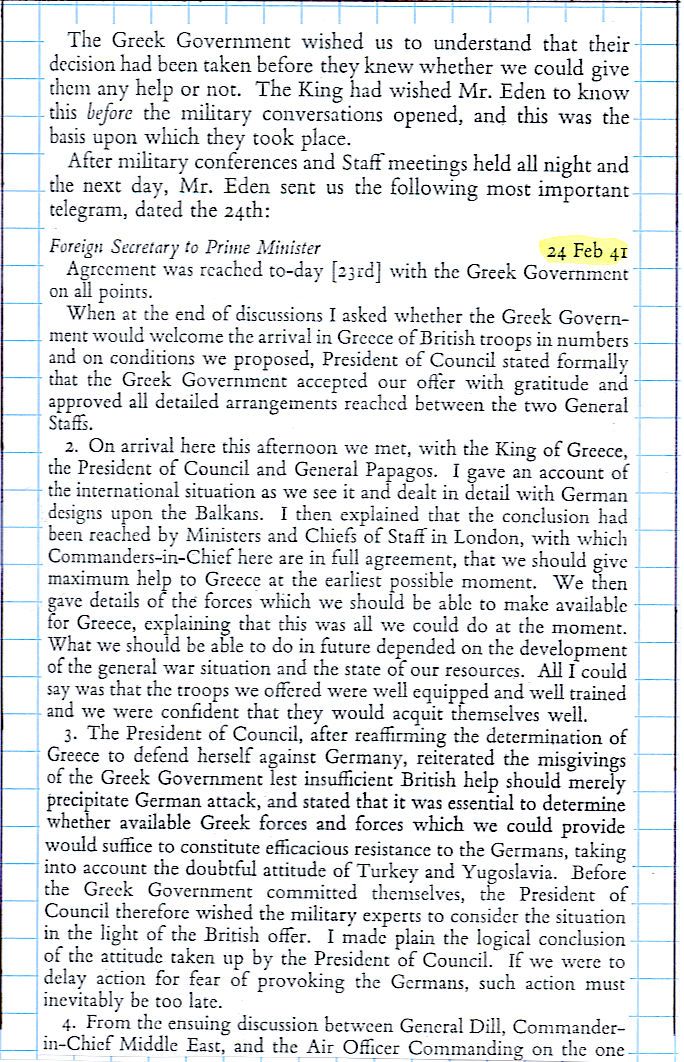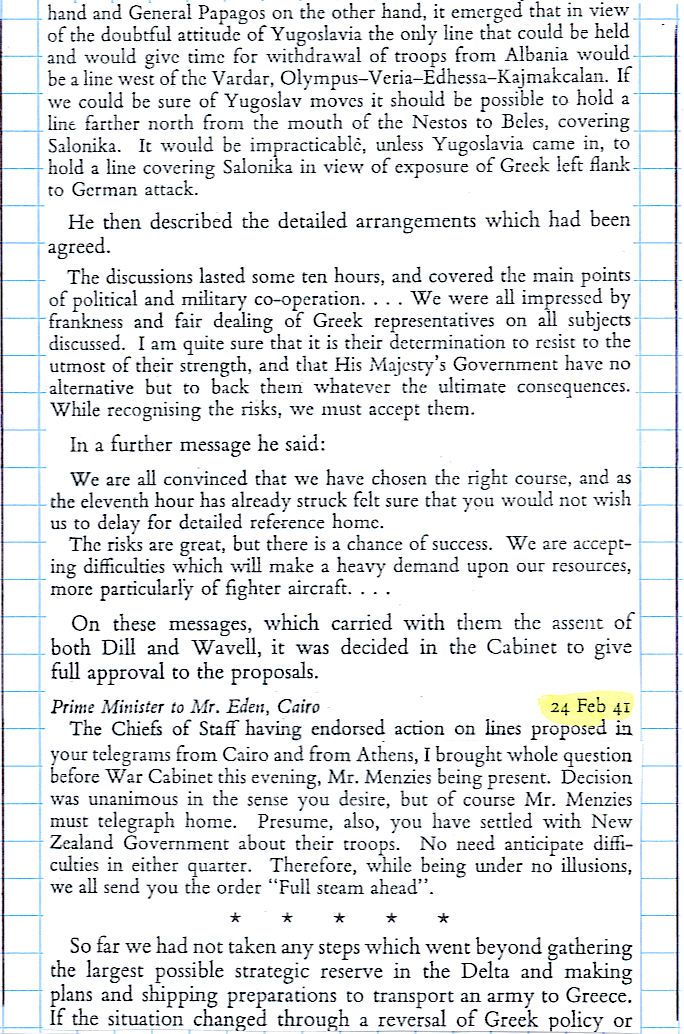


Winston S. Churchill, The Grand Alliance
“American Built Planes on Duty in the Far East for the Netherlands”
From: http://www.zum.de/whkmla/region/seasia/wwiidei.html
World War II : Dutch East India
The occupation of the Netherlands by German troops in May 1940 had placed the Dutch East Indies in a very vulnerable position. The royal family and the Dutch government had fled to London, where a government-in-exile was established, which was recognized by the administration in Batavia. Yet, the Dutch East Indies could expect little in terms of reinforcements in case of a Japanese attack.
Japan demanded the delivery of raw materials, most importantly OIL from Sumatra. The Dutch administration complied; yet in March 1942 the Japanese invaded, occupying most of the archipelago (southern New Guinea escaped Japanese occupation). The Dutch residents, in total 170,000, were INTERNED, a Japanese military administration established; the Japanese partitioned the archipelago in three zones, Sumatra, the Central and the Eastern Islands; many Indonesians found employment in the new administration. Dutch was replaced, as language of administration, education and jurisdiction, by Bahasa Indonesia and Japanese. Indonesian political leaders SUKARNO and HATTA, held in detention by the Dutch, were liberated by the Japanese and made leaders of Indonesian political organizations. In 1943 the Japanese promised SELF-GOVERNMENT to the Indonesians; it did not materialize during the war. The Japanese exploited both Indonesia’s natural resources (oil, rubber, tin etc.) and employed FORCED LABOUR (romusha); resistance was regional.
Late in World War II, positions in the eastern Dutch East Indies (HOLLANDIA Apr. 22nd 1944, MOROTAI Sept. 15 1944, TARAKAN April 30th 1945, HALMAHERA, NORTH SUMATRA June 1945) were liberated by Australian, Dutch forces and Acehnese rebels. Military targets all across the archipelago were attacked by Allied air raids.
When it became obvious that the war was lost, Indonesian patriots seized Japanese weapons; Sukarno and Hatta declared Indonesian independence immediately after Japan’s surrender.
"The other day we staged a mounted review for the division which was quite impressive and to my mind a great tribute to the officers and men composing it, as without a rehearsal they did an excellent job. We now have some three thousand draftees...They are a surprisingly good lot of men and will be a great credit to us. I am apparently in permanent command, although newspapers to the contrary notwithstanding, I am not a major general, but that will probably come in time." - George S. Patton to General Pershing
He also send a letter to General Harbord on the tanks he is receiving.
"Things are going very well with us here, and we are getting tanks faster than we could reasonably hope. We have just received 67 mediums...although not all of the latest type of vehicle. Still a tank is a tank, and it makes no difference so far as the enemy is concerned which type he gets killed by." - George S. Patton to Maj. Gen. James G. Harbord